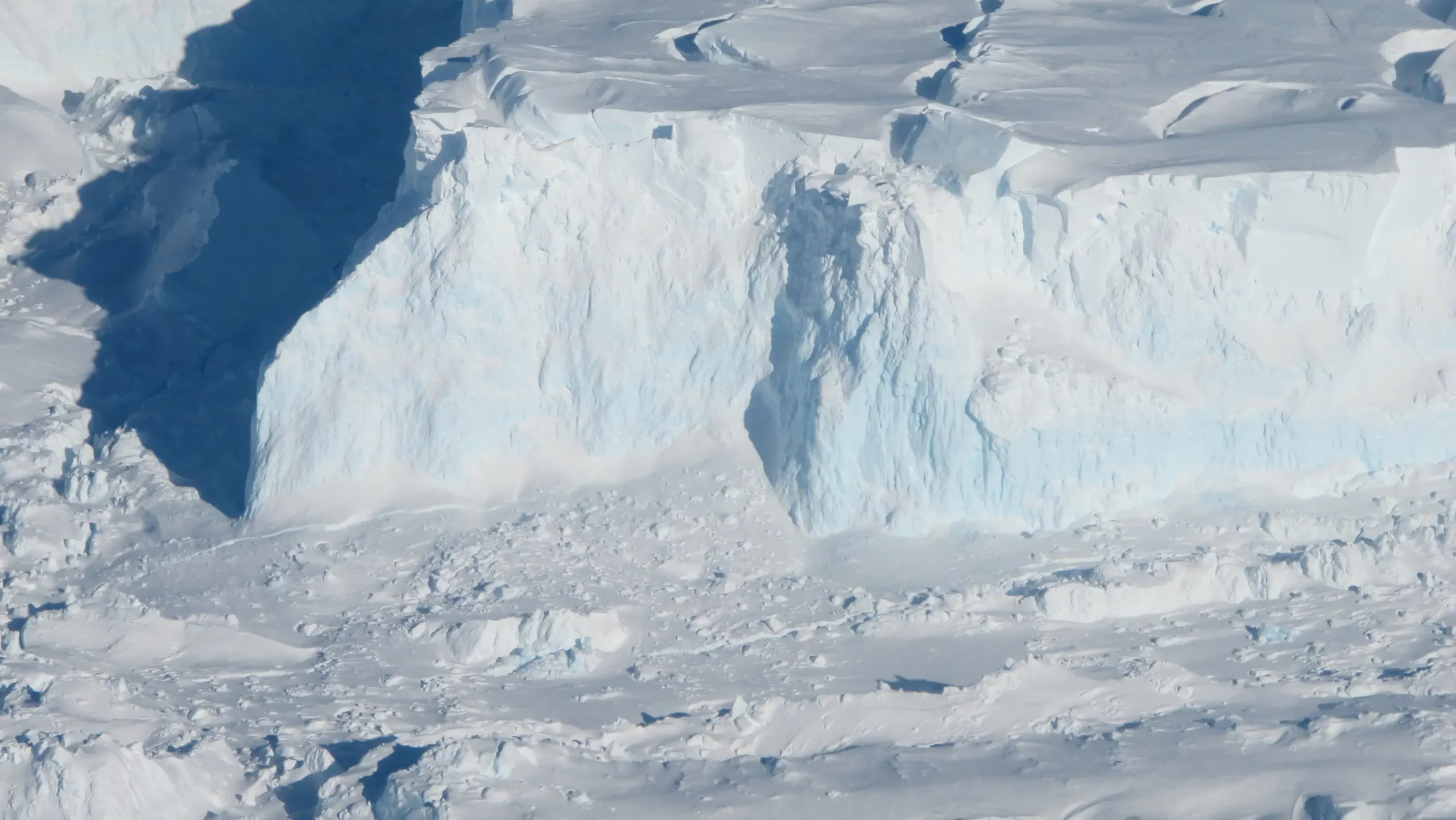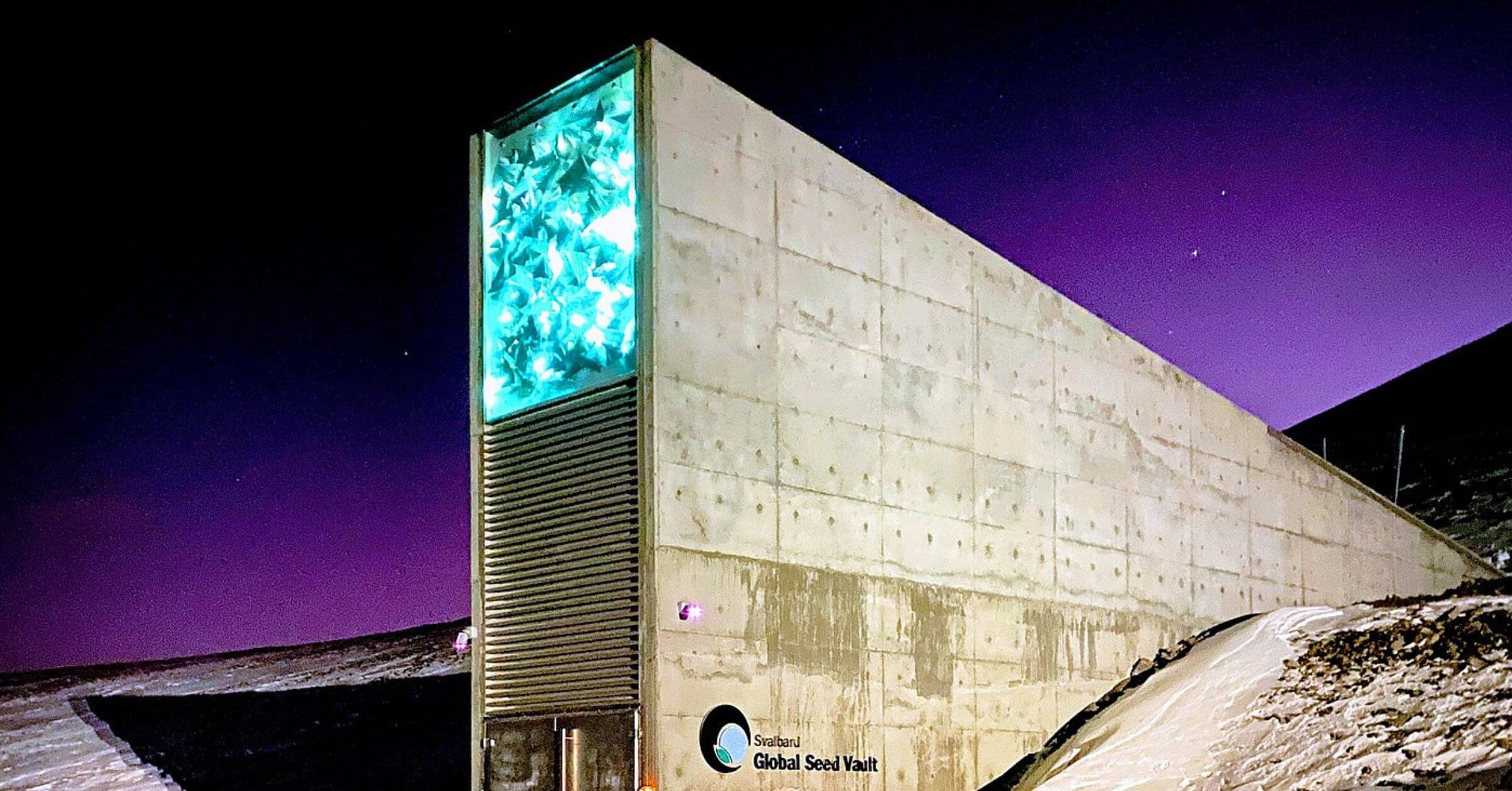The Thwaites Glacier, also known as Doomsday Glacier, is located in West Antarctica. According to this study from Pennsylvania State University, scientists say its melting faster than ever before and could result in a catastrophic sea level rise of up to 2 feet in 5 years. Remember that this rise in sea levels is enough to drown the cities like Miami, New York City and Mumbai.
A study published on 20th May, 2024 at the National Academy of Sciences reveals that ocean water affects the Doomsday Glacier more than scientists previously thought. Researchers used radar data from space to examine the glacier and discovered that salty water is moving under the glacier, leading to significantly faster melting.
What is the Doomsday Glacier?
Doomsday Glacier is a Florida-sized glacier (74,000 square miles), sitting on the east of Mount Murphy, on the Walgreen Coast of Marie Byrd Land, directly facing the warm oceans which can melt it down very easily, significantly rising sea levels up to 2 feet in coming 5 years (2021-2025).
In 1940 some polar researchers sighted this glacier for the first time flowing into Pine Island Bay and since then scientists have been monitoring it closely because, like many other areas of the Cryosphere, it has also been badly affected by climate change which is why, there are higher chances that it will melt down between 2100 to 2300 century, significantly rising the sea level up to 50 feet.

This meltdown will put 10% of the world’s total population at stake with catastrophic rise in sea levels. Many of the world’s coastal cities like Vancouver, Florida, Miami etc would be underwater due to this doomsday glacier meltdown.
Why is it called Doomsday Glacier?
As obvious from its name “Doomsday”, this Thwaites Glacier is capable of catastrophic sea rise. It will cause a huge number of people to relocate from their home cities to other locations which are higher enough from the sea level to be not bothered by this glacier’s meltdown. Doomsday Glacier alone is as big as Florida (around 74000 square miles), so think about how massive danger it holds in it, and this is why it is known as Doomsday Glacier.
How long will the Doomsday Glacier last?
It is difficult to say how long Doomsday Glacier will last because it depends on how quickly and badly we ruin our climate causing massive climate changes. However, many scientists (of the American Geophysical Union),predicted in 2021 that a huge part of the glacier is expected to collapse in 5 years and others said that it might collapse entirely in the coming 200-900 years.
🔬 Subscribe to SciMail
Get the latest science discoveries straight to your inbox!
Also Read: What Is The Doomsday Seed Vault?

According to Dr. James Kirkham (a glaciologist and chief scientific advisor for the International Cryosphere Climate Initiative), this meltdown might significantly raise the sea levels up to 50 feet in the coming 2 to 3 centuries, however, this time stretch might compress from “centuries” to “decades” due to our activities directly causing climate change.
What would happen if the doomsday glacier melted?
If Doomsday Glacier melted, it would eat up cities including Shanghai, New York, Miami, Tokyo and Mumbai. The collapse of this 192,000 sq/km chunk of ice (three times the size of Tasmania) would also cover coastal regions and low-lying island nations like Kiribati, Tuvalu and the Maldives. Around 900 Million people of the total world’s population would be at risk of drowning.
Is Doomsday Glacier a threat?
Yes, doomsday glaciers are straightforwardly a threat to 10% of the world’s population because warm water is reaching into cracks and crevices more than half a kilometre below the surface of doomsday glacier, causing it to melt quickly.
Why is the Doomsday Glacier melting?
Doomsday Glacier is melting due to climate change, particularly the warming of the oceans. This rise in ocean temperature causes the glacier to melt quickly, leading to concerns about its potential and the subsequent impact on sea levels. Studies have revealed unexpected formations and rapid melting underneath the glacier, highlighting the urgency of addressing climate change and its impact on polar ice sheets.


Leave a Reply